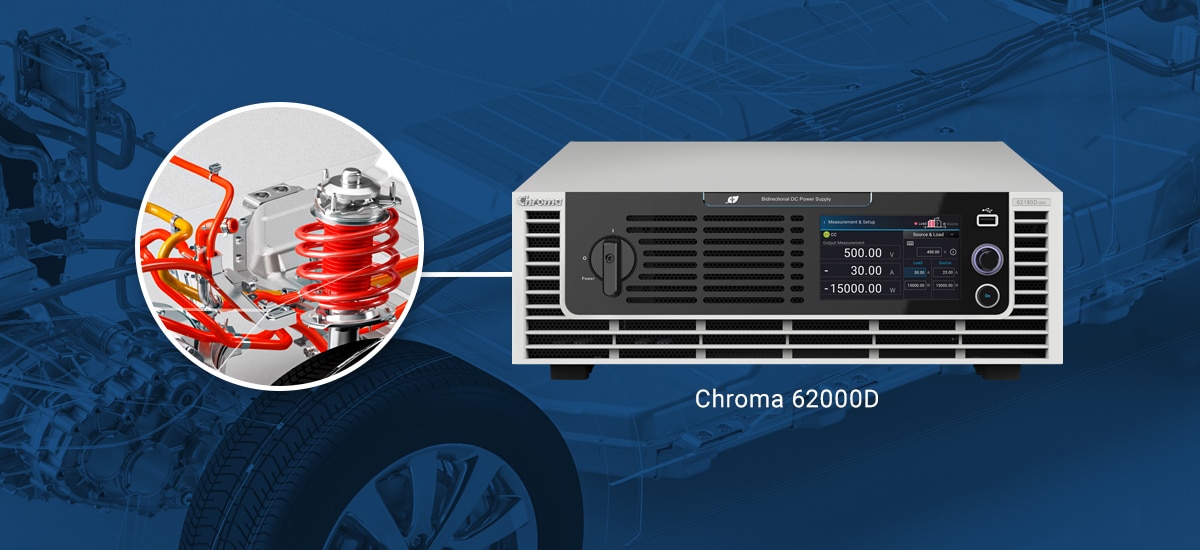
The hydrogen energy industry has earned its place in the spotlight of renewable energy transition besides lithium batteries, solar power, and wind power. For example, Japan has announced its Basic Hydrogen Strategy, pledging to realize a hydrogen-based society, while the EU established the European Clean Hydrogen Alliance. This goes to show how the global market has highly anticipated the development of hydrogen energy. Car manufacturers are currently not only accelerating the application of hydrogen fuel cell technology in EVs (electric vehicles) but also providing power to telecom stations in remote areas lacking such infrastructure.
The fuel cell itself does not directly store electrical energy; it is produced by externally provided hydrogen. Compared to lithium-ion batteries, fuel cells provide advantages such as no need to charge, quick fuel supply, and continuous electricity output. The figure below shows the internal structure of a hydrogen vehicle. As demonstrated, a DC-to-DC converter must be connected to the output of the hydrogen engine to provide stable power to the e-propulsion system.

▲Hydrogen Vehicle Powertrain
Because the fuel cell output does not follow a fixed voltage value, the voltage varies with the current magnitude. Polarization curves can display the relationship between the voltage and current. Developing a DC-to-DC converter requires a complicated test bench with hydrogen fuel cells, which adds up to the investment. When using a general DC power supply, however, the output is only a constant voltage, which makes it impossible to verify the effect of the fuel cell voltage change on the DC-to-DC performance. Therefore, engineers need a DC power supply that can simulate the output characteristics of a fuel cell with its polarization V-I curve.
Chroma launched the new series of 62000D Bidirectional DC Power Supplies. Using high-speed DSP control technology and energy-saving SiC power semiconductors, the supplies offer fast and dynamic output. The 62000D Soft Panel, Chroma’s proprietary software, contains the actual battery cell V-I curves, allowing users to adjust each parameter of the fuel cell stack. Such a specialized fuel cell simulator will greatly reduce the costs for testing.

▲Fuel Cell Simulation Function
Fuel cell simulation functions on the Soft Panel:
- Basic mode contains standard built-in single-cell polarization V-I curves. Users can easily set the number of cells connected in series and the current density area to replicate the output characteristics of the fuel cell supply equipment.
- Table mode lets users import the polarization V-I curve data for simulation. Conveniently and quickly verify the performance of different characteristic curves on the DC to DC converter.
Take the operation of a fuel cell supply with a 90KW voltage range of 180~360V and a current range of 0~500A as an example. Chroma 62000D series can integrate five 62180D-600 models for parallel operation, providing 600V, 600A, and 90KW output capacity, to simulate the characteristics of a hydrogen fuel cell supply with a wide voltage range and large current.
For more details on these and other products, please visit Chroma’s website and leave your inquiry. We are happy to be of service.
